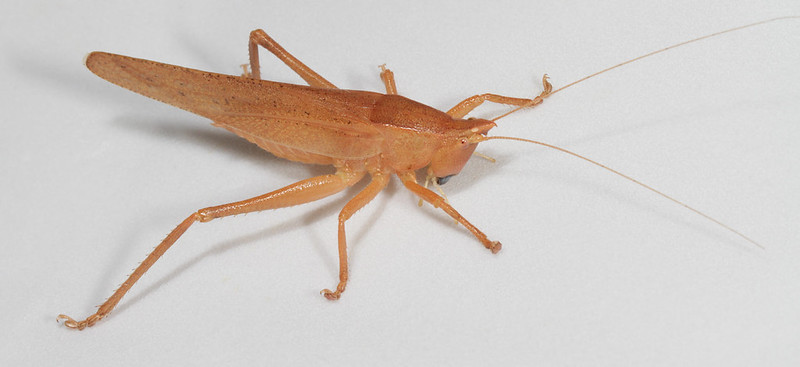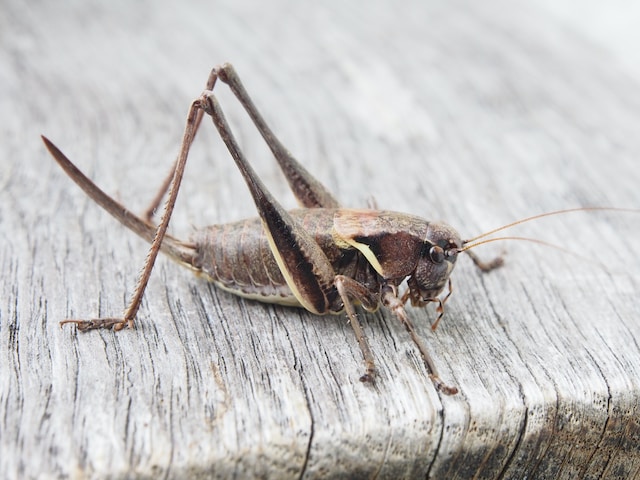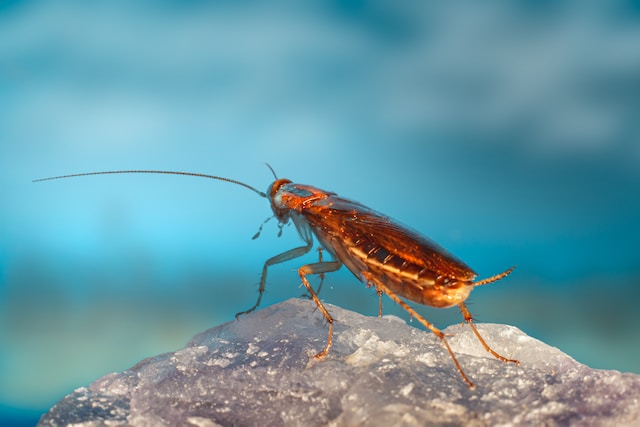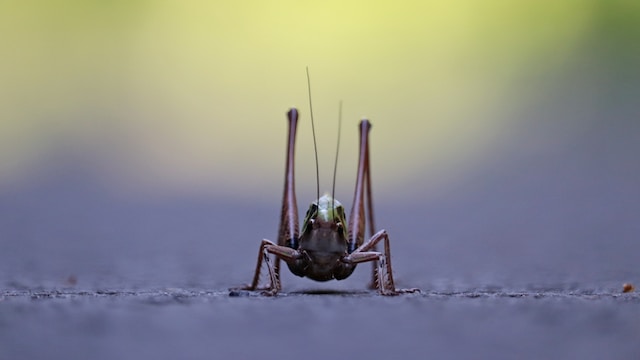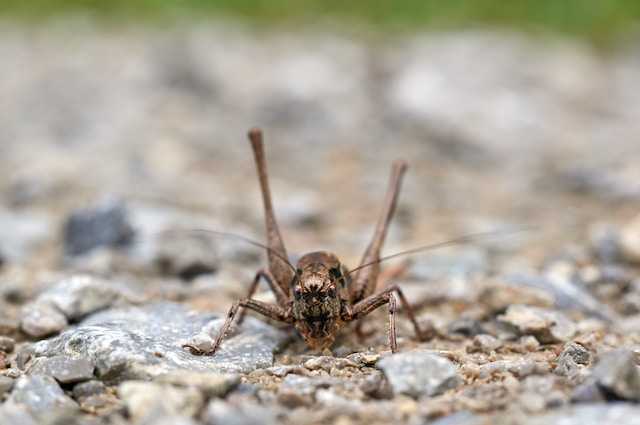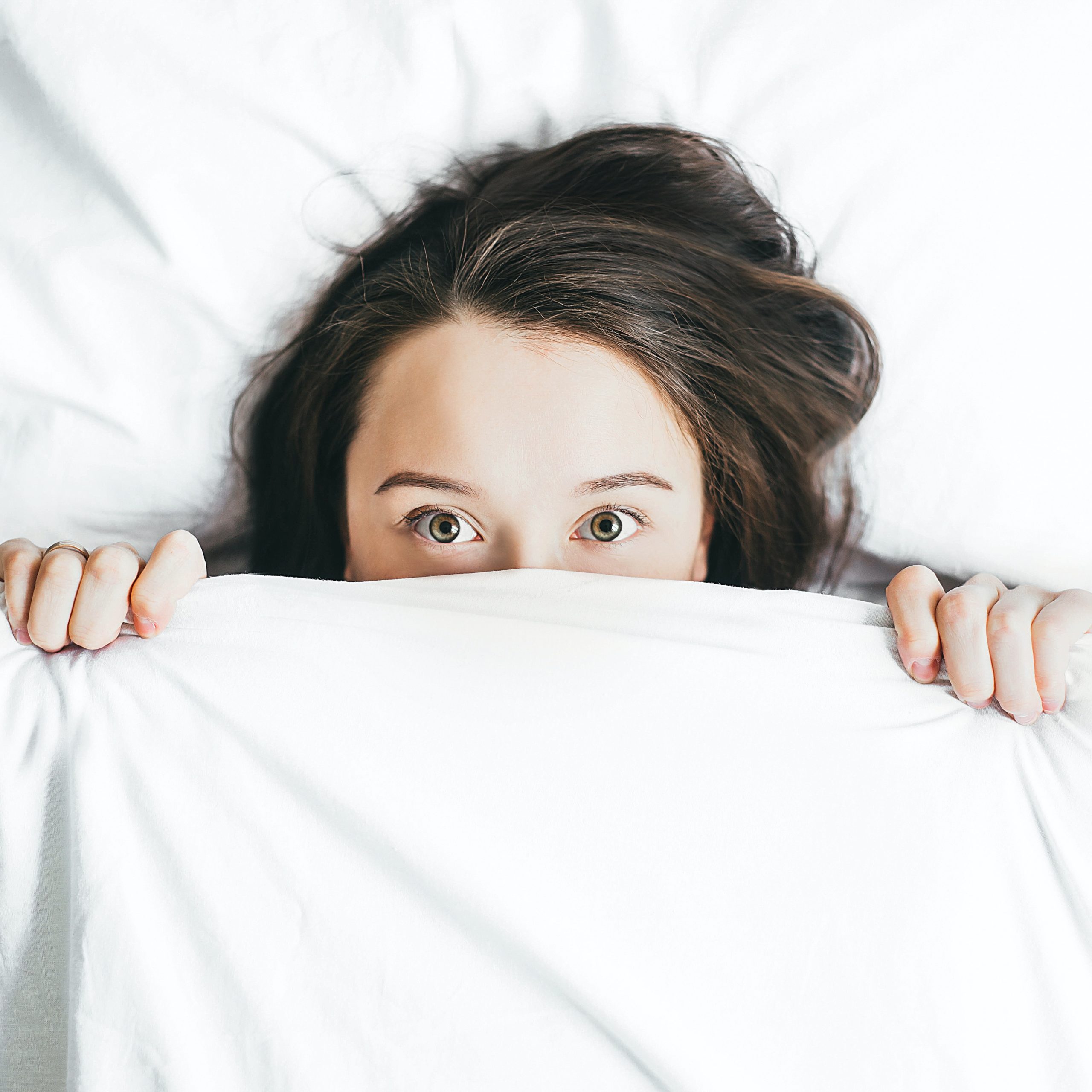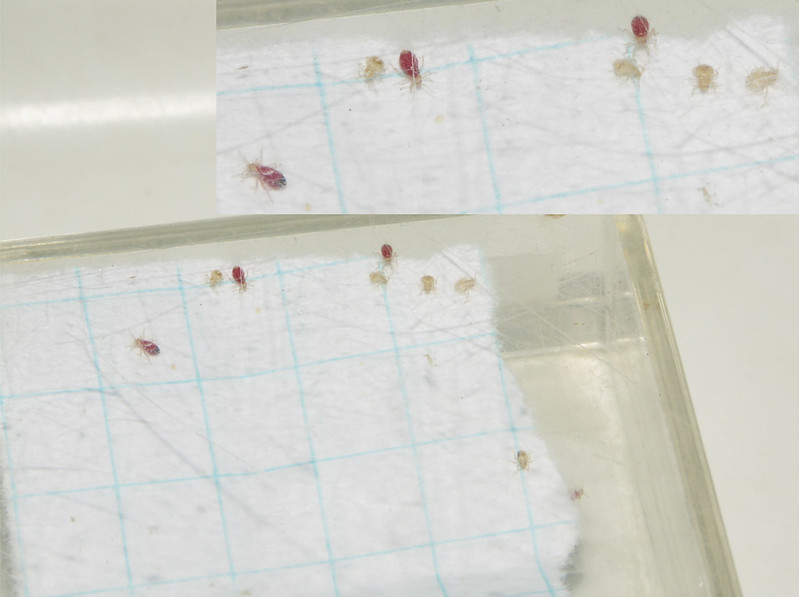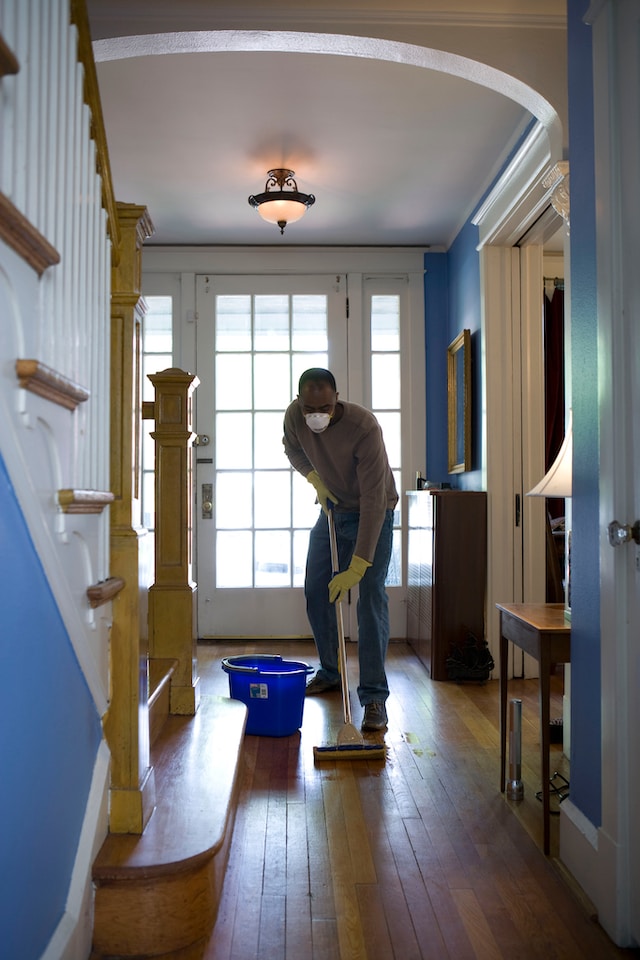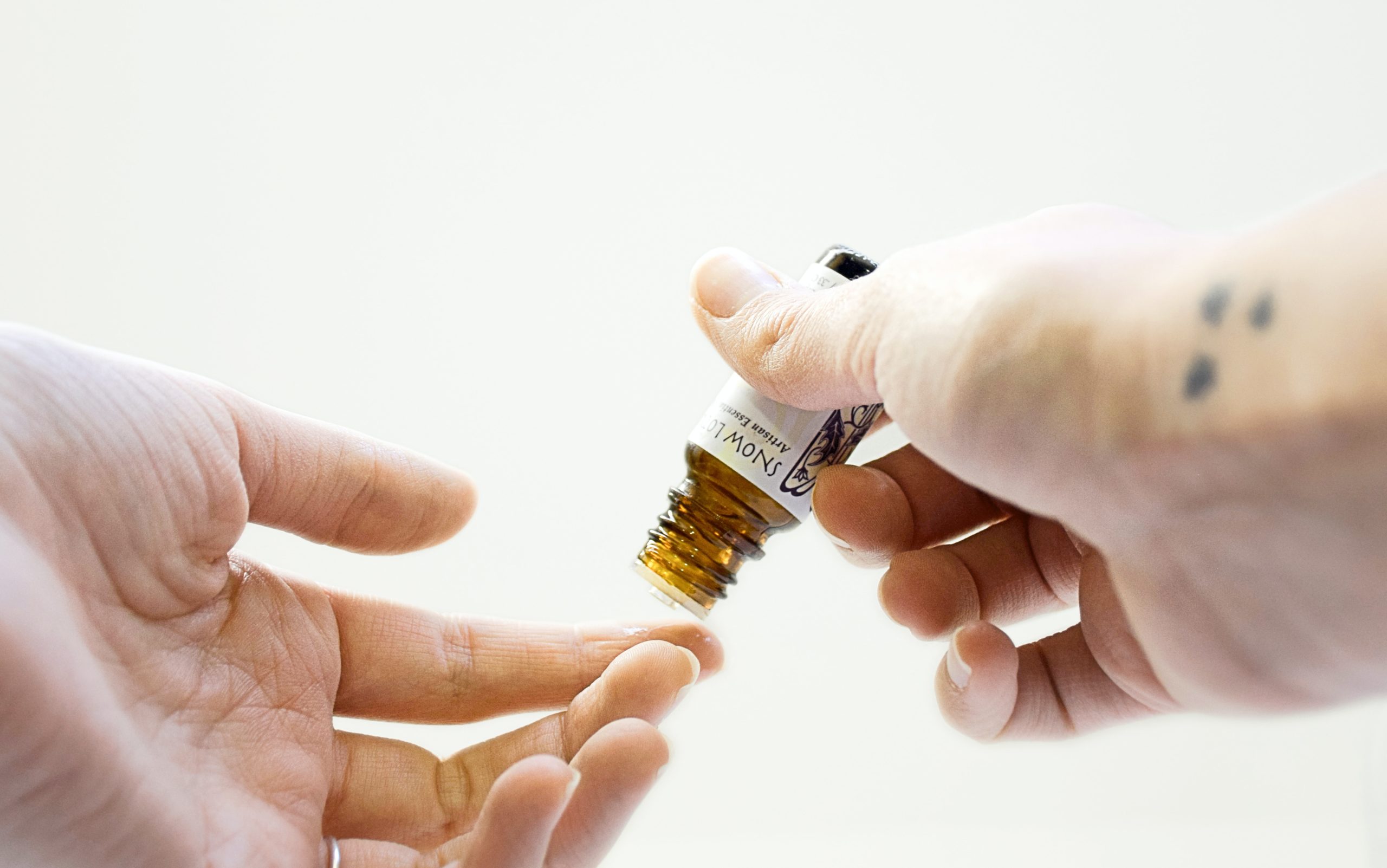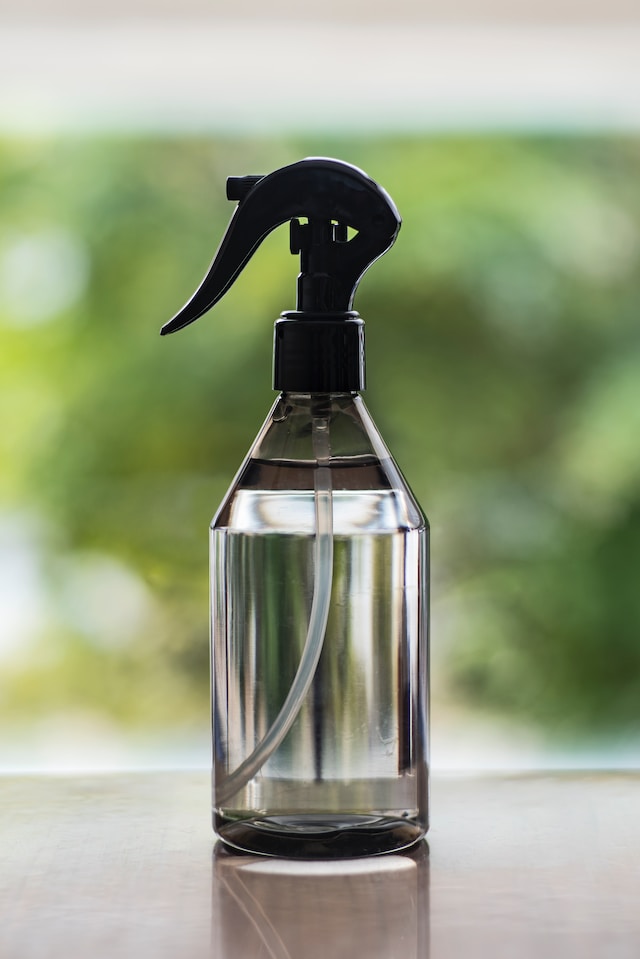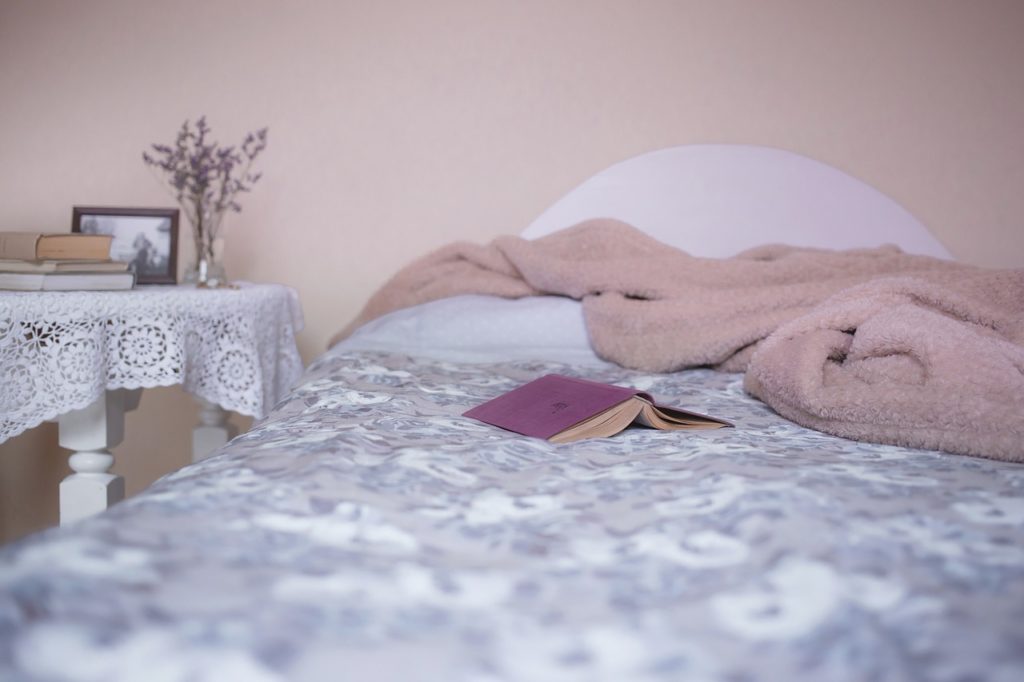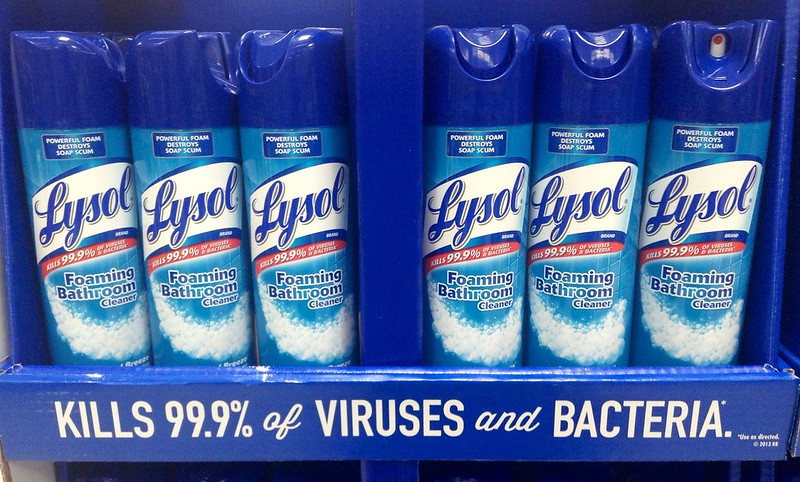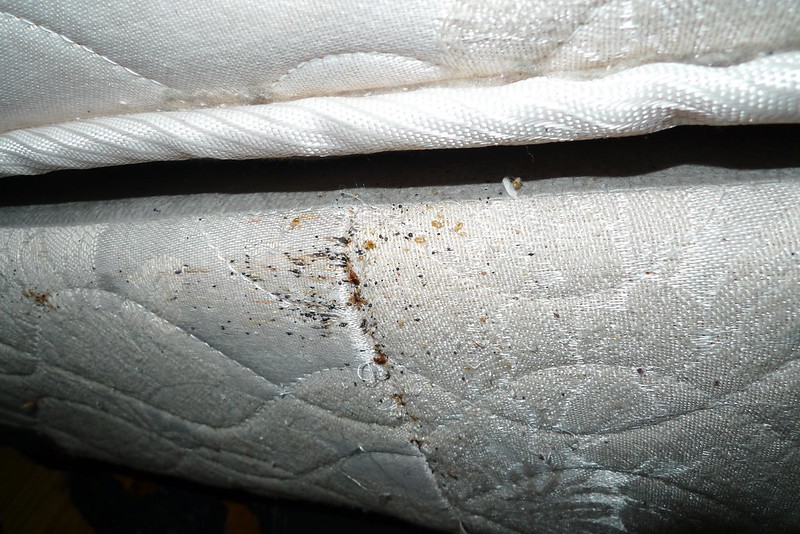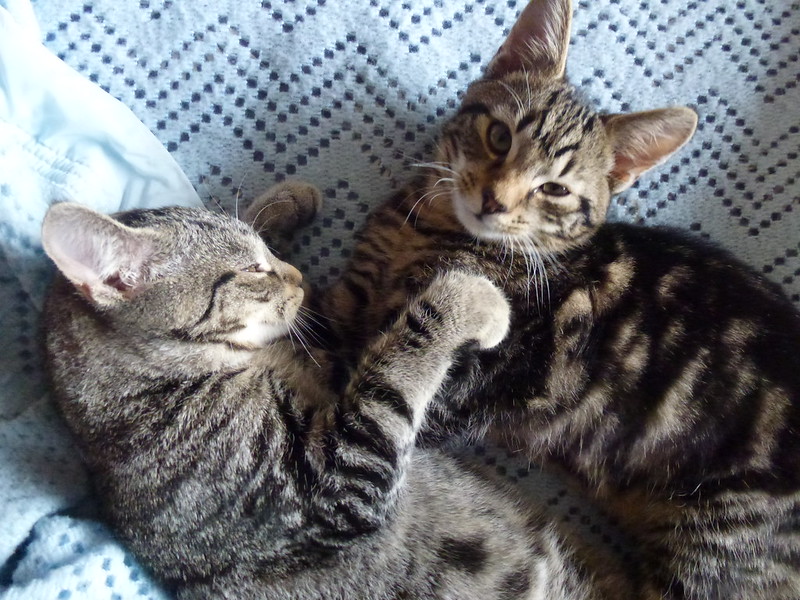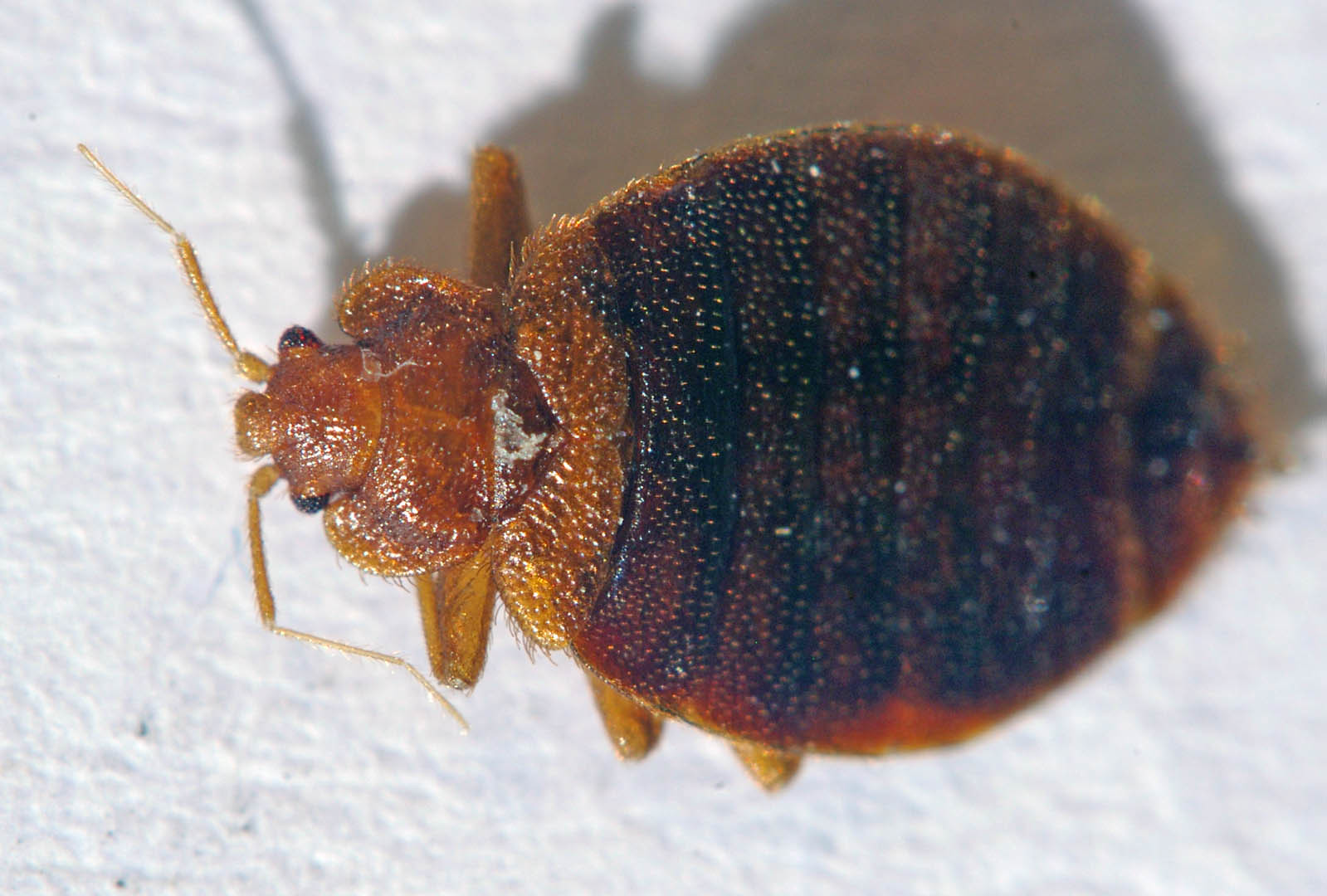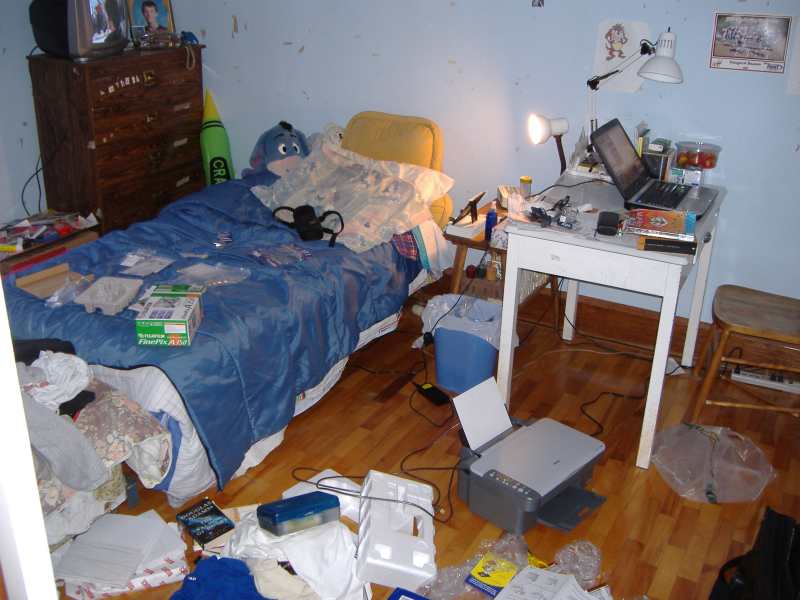Crickets: You might see them as a nuisance or as a source of lovely nighttime ambiance, but there’s more: Crickets just might be an answer to the increasing need for an inexpensive protein source. While insects have been part of the human diet for centuries in various cultures, edible crickets produced by cricket farming is becoming popular now.
Here are a few of the considerations to keep in mind:
- The nutrition of crickets
- The environmental impact
- How crickets might tackle food insecurity
- Ethical considerations
- Food allergy precautions
- Other edible insects
Let’s read more about how cricket consumption might become a source of sustainable nutrition.
Nutritional Powerhouse: Exploring the Health Benefits of Edible Crickets
If you’re looking for protein, crickets do pack a punch. In addition, they’re rich in fiber, healthy fats, and vitamins and minerals. They’re low in cholesterol and contain omega-3 and omega-6 fatty acids, which are essential for heart health.
So, what does this mean? While most Americans rely on sources like fish, poultry, beef, and pork to fulfill their animal-based protein needs, crickets can also fill that need. The question is whether you would relish eating a pile of crickets as much as you’d enjoy a nice steak or a serving of flaky fish. Many people might say no, but there are more reasons to consider the benefits of edible crickets.
Environmental Impact: How Cricket Farming Reduces the Food Footprint

It takes a lot of energy to maintain livestock. They need land, water, and feed, and all of that can contribute to deforestation, greenhouse gas emissions, excess waste, and even water scarcity. From an environmental standpoint, farming crickets takes far fewer resources.
When it comes to housing crickets, they’ll generally stay in enclosures with ventilation, temperature control, and space for them to move around and breed. They can eat grains, vegetables, fruits, bran, oatmeal, and cornmeal. They produce fewer methane gases than traditional livestock.
All of that considered, cricket farming has the potential to reduce the carbon footprint of protein production.
Tackling Food Insecurity: Cricket Consumption in Developing Regions
While we might not struggle much with a lack of food resources in most of North America, that’s not necessarily the case for other parts of the world. Crickets, offer a source of nutrition that’s both affordable and accessible.
Crickets can be raised even in parts of the world where livestock typically doesn’t do well due to climate, a lack of water, a lack of food, or space for farming. These insects have the potential ability to help fight against hunger and poverty in developing regions.
Ethical Considerations: Welfare and Treatment of Crickets
Of course, just because crickets are small and not warm-blooded like cows, pigs, and chickens, that doesn’t mean they shouldn’t be treated ethically. Ethical cricket farming practices include providing adequate living conditions, feeding them properly, allowing them to breed, and minimizing stress.
Nobody really knows how cognizant and conscious insects are, but it’s necessary to use caution and use farming techniques that respect their lives and potential pain and suffering.
Addressing Food Allergies: Safety Precautions
Just as people can be allergic to shellfish, pork, eggs and other animal products, it’s likely that some people will be allergic to crickets. There should be clear labeling on all products so any food containing crickets is apparent.
Also, safety precautions when harvesting and preparing crickets need to be observed every bit as much as they’re observed for other animal protein sources. There may be a temperature they need to be cooked to to avoid foodborne illnesses, for example.
Insects Beyond Crickets: Exploring Diverse Edible Insects
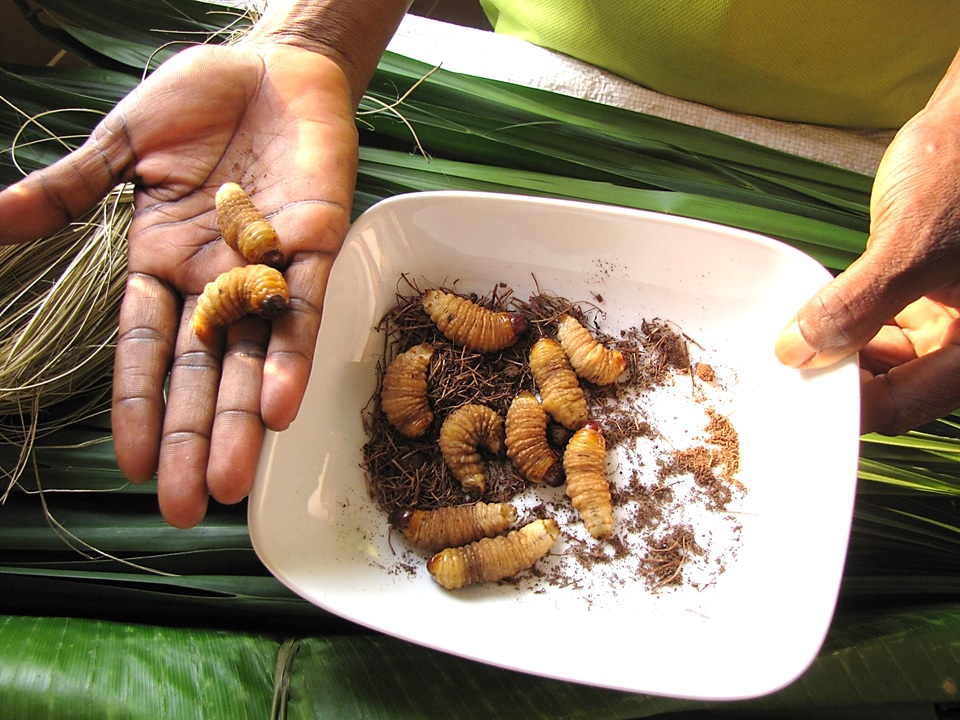
While it might be a tough sell to convince people to eat crickets when there are other meat sources readily available, once edible crickets gain acceptance, it’s likely that other insects will also become accepted protein sources.
Grasshoppers are similar to crickets and have similar nutritional profiles. Termites are eaten in parts of Africa and are rich in protein, iron, and calcium. Ants, bees, and beetles all also have potential when it comes to edible insects.
Whether you feel up for the challenge of eating crickets or not, it’s good to be aware that they’re a potential source of protein that just might make a difference when it comes to topics like global hunger and climate change. Keeping an open mind can help you to be adventurous and to consider trying new things, such as edible crickets.

